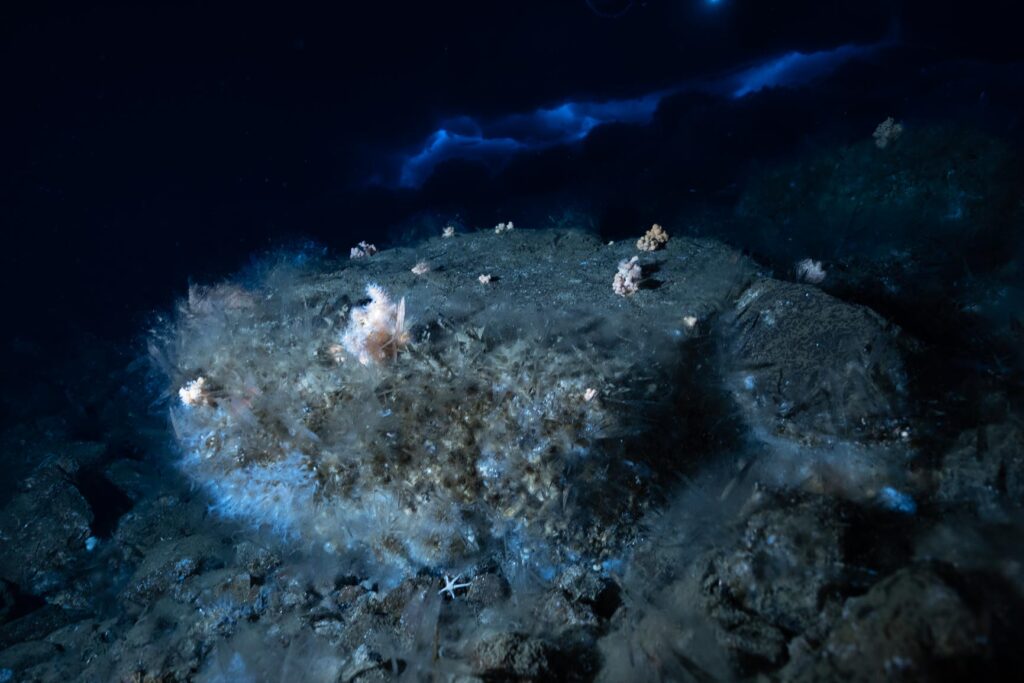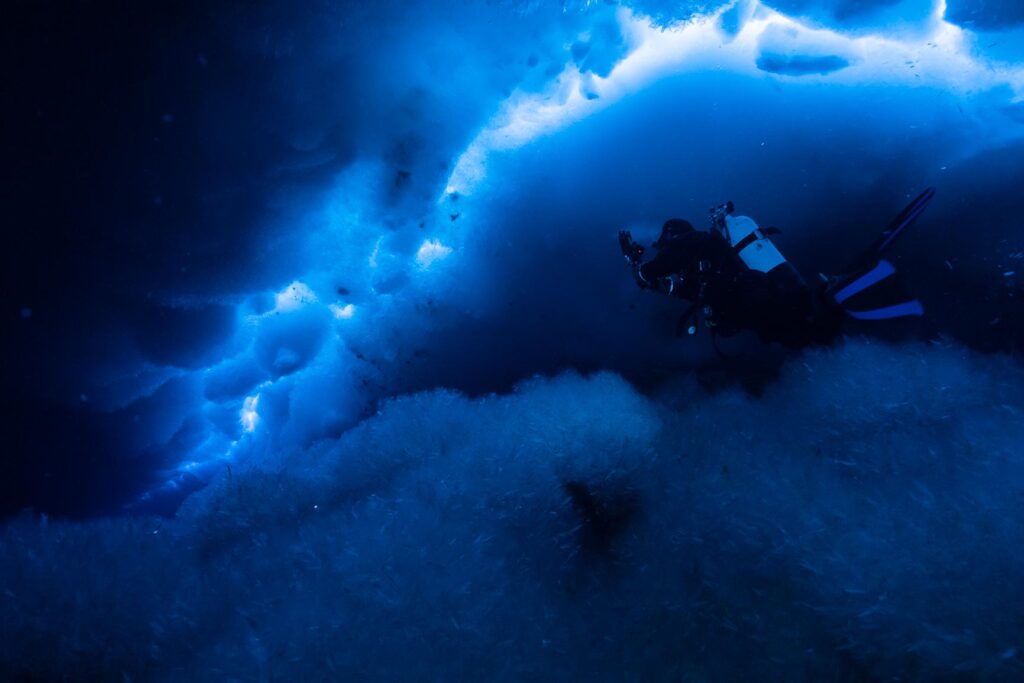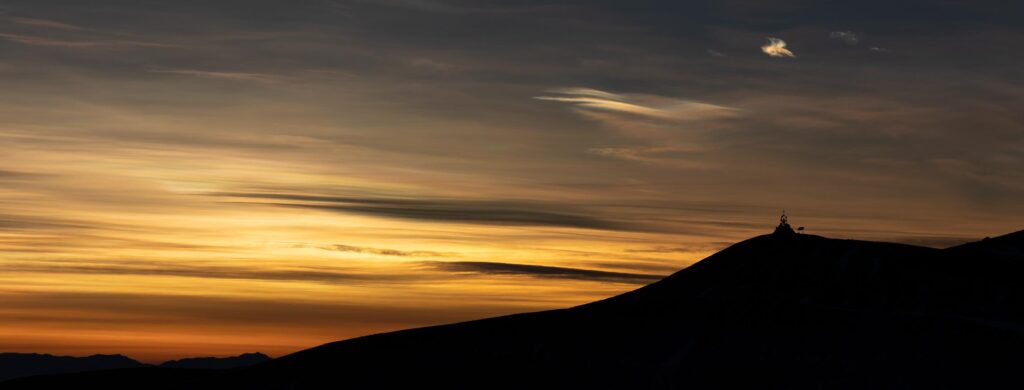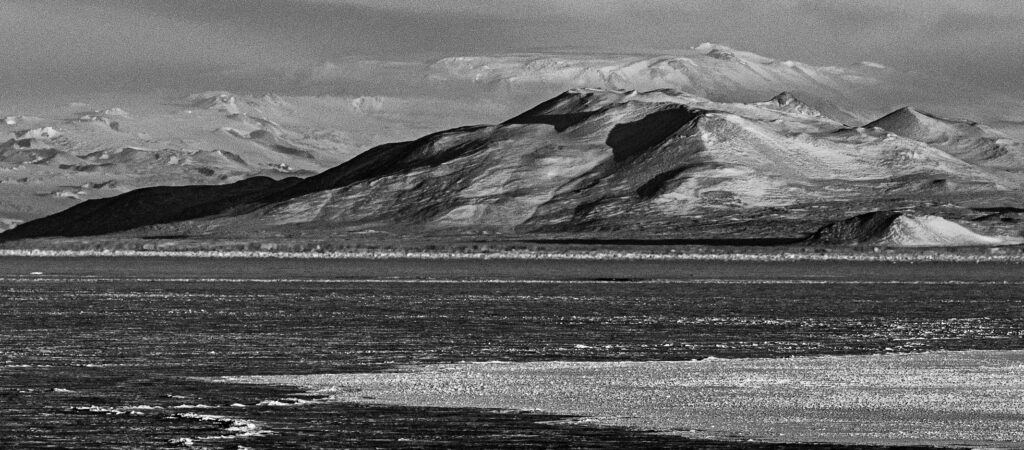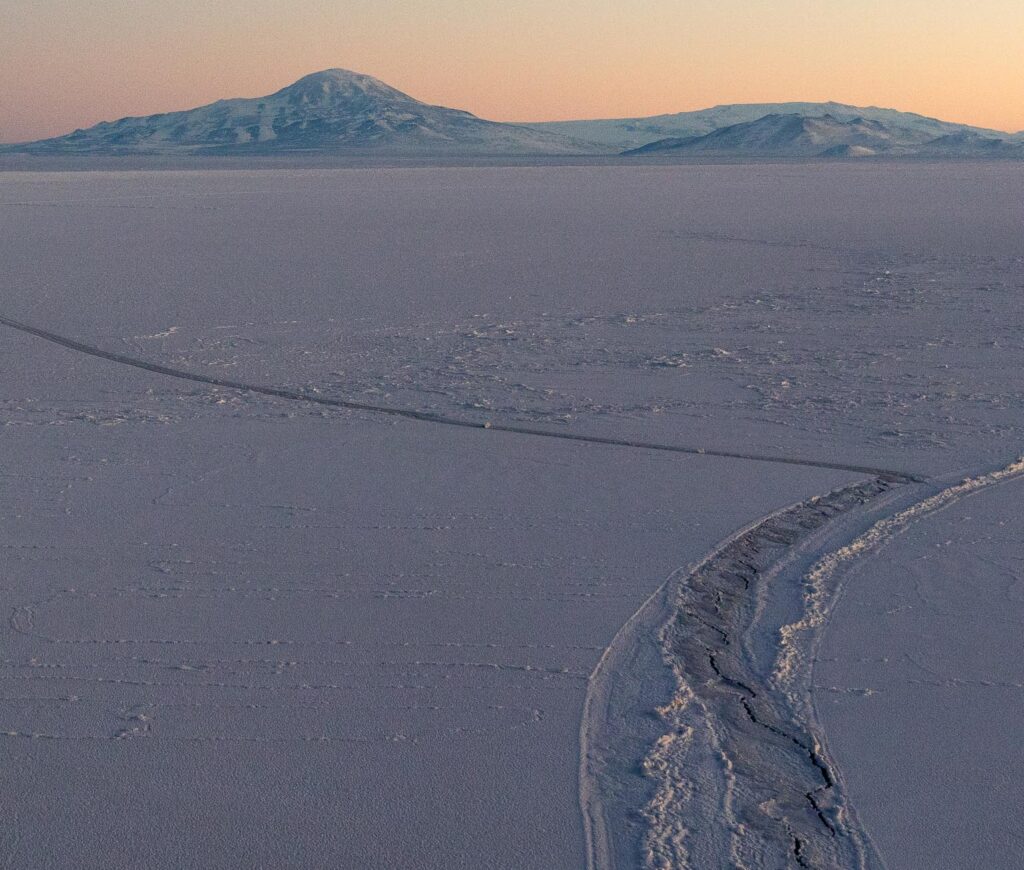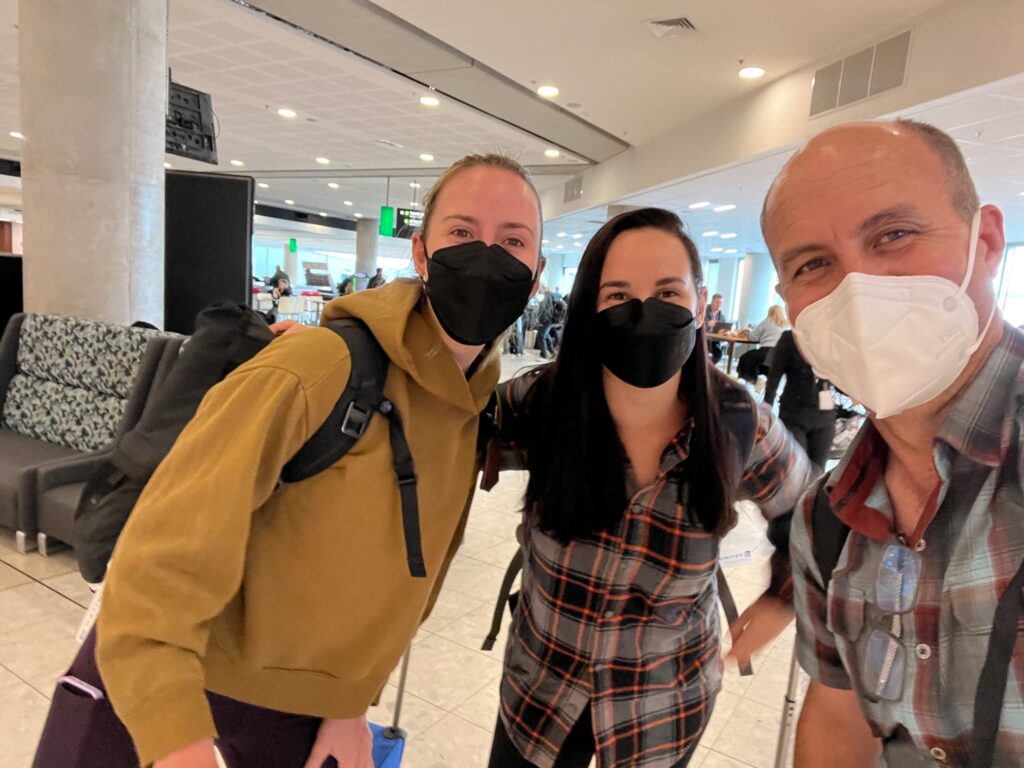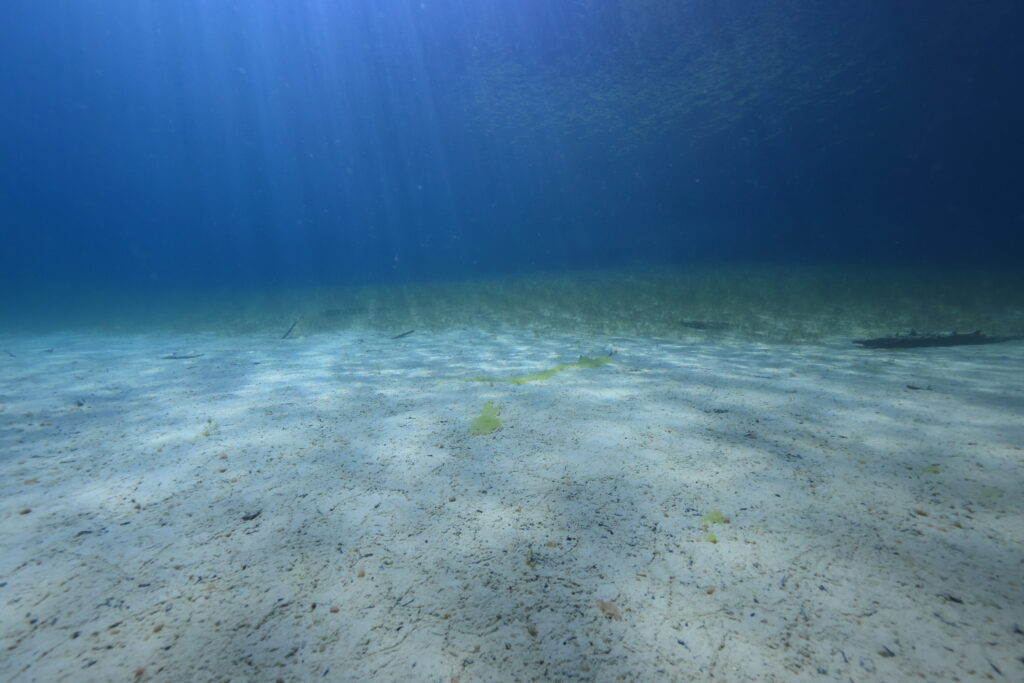
The View from McMurdo. It never gets old.
WE MADE IT! Needless to say it is a relief to be back to Antarctica after four years away. It is somewhat like returning home again but really only in regards to it being a research home. Upon arriving we get swept right into trainings upon trainings. These are some of the more fluid items that change periodically and this year had some big changes. Here is just a smattering of the trainings that both Sarah and I have to complete before we can head out into the field:
Science Inbrief – this one is pretty straight forward. Hello, Welcome, Do good and don’t break rules. Here are the names of people whom will be helping you but you will meet. I’m always happy to see certain people in this meeting as I know that parts of my research will succeed. Tony runs the mechanical shop (MEC) and provides our cool tracked vehicles and drills. Michael is in charge of shipping and one of the greatest (annoyances) challenges of science is dealing with shipping samples. Both of these people have been here for decades and if they were not I would be worried. They are here – sigh of relief.. and on to the next training.
CORE training (Classroom Vehicle training, Fire Safety, Waste Briefing, Medical Briefing) – Don’t get in a crash and drive slow. Don’t burn the station down. Throw stuff in the right trash. Don’t get sick and if you do come see the doctor. Check!
Practical Vehicle training – Here is the truck/ piston bully (tracked vehicle) and here is how you start it and don’t break it/ catch it on fire. Check!

During training we get taught how to ride in the helicopters and ride these snowmobiles. Neither of which are we likely to do this season. .
Snowmobile training (standard) – This is a snowmobile. I usually avoid this training simply because I do not love snowmobiles down here. They are a bit chilly and more than that we don’t dive out of them so largely this training is not something we will use. Not Check!
Crary Lab Safety Orientation – Don’t die of chemical burns and don’t mess up the environment. Check!
Meeting with Crary Lab IT to gain access to wireless network – We will let you check your email and update your blog now… Check and whoo hoo.
Environmental Field Brief – Antarctica is delicate don’t mess it up! Check (well not really… that’s Tuesday but I look forward to getting it checked)
FST Training Classes – This is how you don’t get hurt by Antarctica as she is an unforgiving beast. For me this was a day course and for Sarah a day course plus an additional day getting instructed how to be safe on the sea ice (I’ve taken the sea ice course three times before so just got the PPT refresher).
MacOps Pre-Field Communications Briefing – This is how you use a radio and who to call. Check!
Science Sample movement from the field to McMurdo – Pretty self explanatory in the name…
MOCA (McMurdo Operations Cargo Application) – This is the database that will let you ship samples off continent and back where they need to be.
Lab Waste Briefing – How to dispose of lab waste. In Antarctica this is more specifically, how do you put lab waste into a waste stream so it can be shipped off continent. There is ZERO waste disposal in Antarctica (with the exception of effluent from the sewage treatment plant – but not the solids from it. Those get shipped off as well).
MEC Allocation – Here are your drills, chainsaws, and anything else you may need.
BFC Allocation – The BFC is where we get field supplies that are not motors. This is everything from survival bags (fingers crossed we never use them) to toilet paper.
Communications Equipment Allocation – Here are your radios! Check.
Dive Operations – This is the introduction to diving in Antarctica and how the dive locker runs. Not listed but part of this is also a check out dive.
Implementer – I guess I haven’t done this one yet since I have no idea what it means… getting there.
All in all the trainings take around 6 business days. The good news is that there is only one non-business day in Antarctica and that is Sunday.
I will also say that the internet connection this year is not what it used to be so we will be updating the blog as we get intermittent windows of good internet but those currently seem to be rare. This blog, for example, was supposed to post weeks ago but we haven’t been able to get it on line.
Since then this happened:

Cinder Cones Shallows
